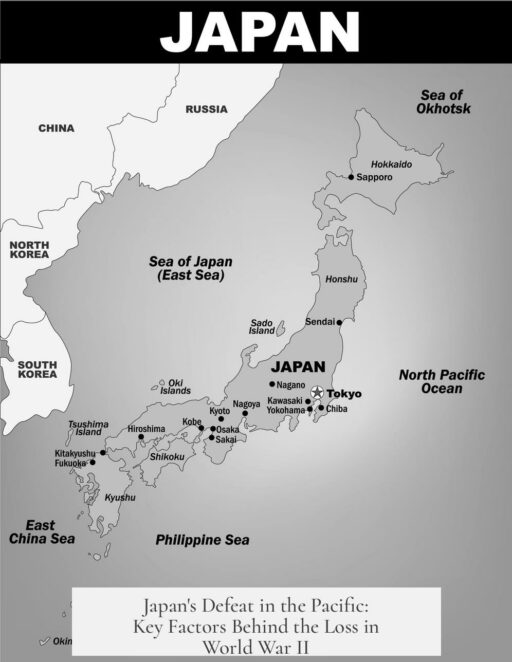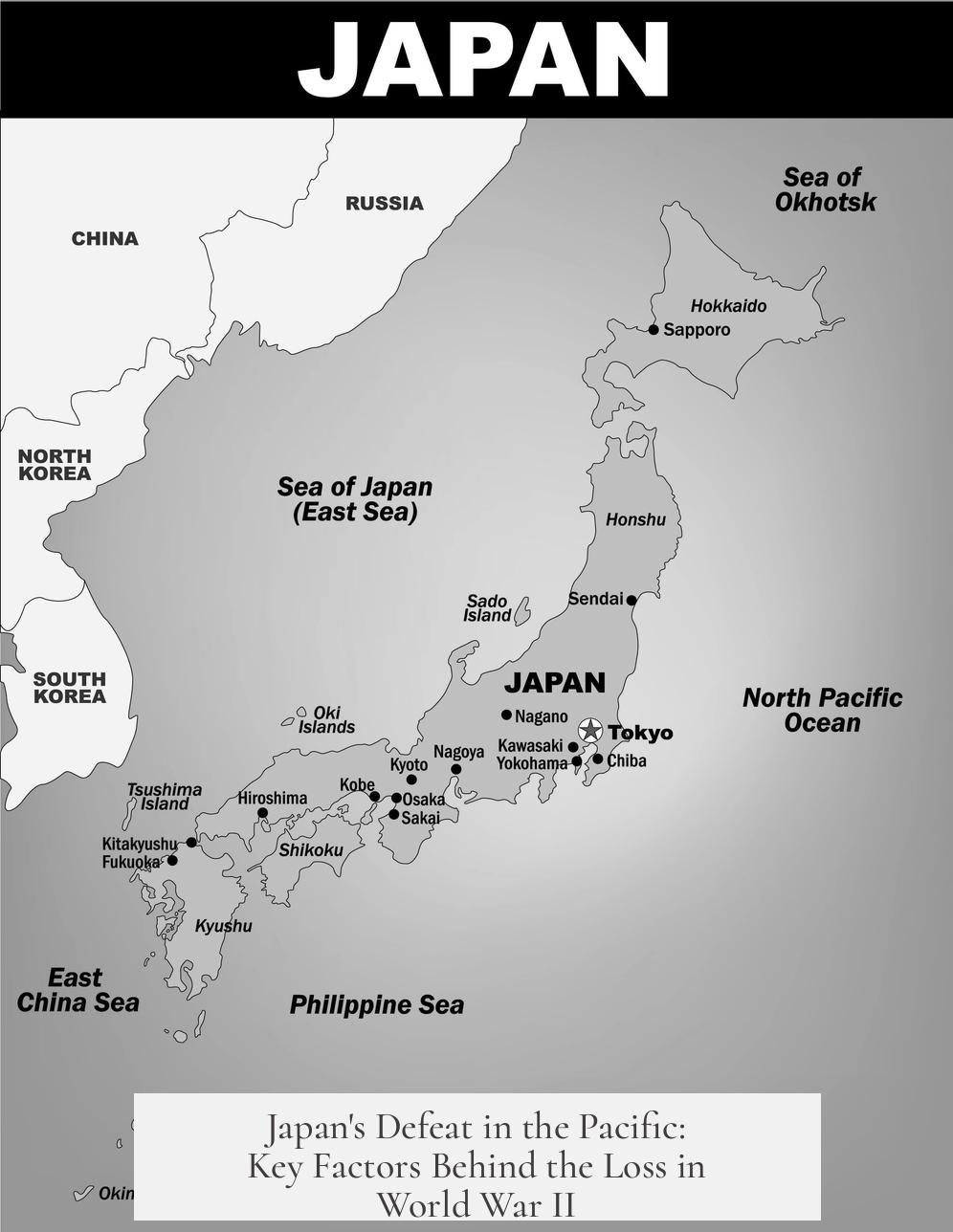Japan lost the war in the Pacific primarily due to overwhelming economic and industrial disadvantages, strategic and doctrinal failures, military and tactical weaknesses, inter-service rivalry, overextension, and external pressures, all compounded by the United States’ superior resources and strategic advantage.
Japan faced severe shortages in essential resources like steel, coal, and oil from the outset. Despite early wartime successes, their ability to sustain prolonged military campaigns faltered because their industrial base could not match the scale and speed of American production. The United States produced vastly more ships, planes, ammunition, and vehicles. For example, the US made 141 aircraft carriers including 24 Essex-class carriers, compared to Japan’s 17 mostly escort carriers. In battleships, Japan completed only two Yamato-class ships while the US produced ten battleships. US merchant shipping tonnage far exceeded Japanese output, enabling steady supply and equipment flow, which Japan lacked. This industrial imbalance dictated the war’s outcome by restricting Japan’s ability to replace losses or reinforce positions.
Japan’s strategic mindset also hindered its war effort. Imperial Japanese Navy doctrine centered around a decisive single naval battle, inspired by past naval classics. This fixation caused neglect of logistics and extended attrition warfare strategies essential in prolonged conflicts. Japan’s dispersed defensive perimeter stretched from Korea and Manchuria to Southeast Asia and Pacific islands, making coordinated defense difficult. The extensive territory was difficult to supply, and by 1944, many Japanese forces suffered from starvation and lack of ammunition. This overextension weakened their ability to mount effective resistance.
Japan’s military faced tactical and technological disadvantages. The United States trained pilots more effectively, continually producing skilled aviators as Japanese veteran pilots were lost. Japanese naval vessels suffered from poor damage control and weak anti-aircraft defenses, unlike American ships equipped with advanced fire control radars. Although Japanese forces excelled in night fighting, the US avoided engaging on their terms, negating this advantage. Additionally, US cryptanalysis broke Japanese codes, revealing operational plans and enabling decisive US victories, including at Midway.
On land, Japanese forces struggled with obsolete artillery and ineffective tanks, problems exposed in earlier conflicts like the 1939 Battle of Khalkhin Gol against Soviet forces. Small arms logistics were complicated by the use of two incompatible rifle calibers, hindering resupply and efficiency. Japanese air power lagged behind, relying on outdated tactics and aircraft designs that prioritized maneuverability over speed, altitude, or armor. Attempts to upgrade aircraft were hampered by fuel quality issues and manufacturing shortfalls. They never deployed fighters capable of reliably intercepting high-altitude B-29 bombers, leaving the Japanese home islands vulnerable to relentless American strategic bombing campaigns.
An important internal weakness was the intense rivalry between the Imperial Japanese Army (IJA) and Imperial Japanese Navy (IJN). This rivalry fragmented the war effort through duplicated programs and inefficient use of resources. Each service operated its own aircraft, transports, and equipment independently, complicating coordination. They competed politically for resources and influence, affecting strategic decisions. For example, foreign policy moves such as the invasion of French Indochina were sometimes driven more by inter-service calculations than clear strategic goals.
Initially, Japan enjoyed naval superiority and launched surprise attacks such as Pearl Harbor. These early successes created a false impression that Japan could control the Pacific indefinitely. Japanese leadership underestimated the US resolve and tremendous industrial capacity. Admiral Yamamoto notably warned that Japan could not win a prolonged war against America’s industrial might, but such cautions were largely unheeded.
Geography also affected the conflict. The United States captured and held islands in the Pacific much closer to Japan, allowing strategic bombing of the Japanese mainland. In contrast, Japan’s far-flung empire stretched supply lines thin. This defensive overreach contributed to weakened military effectiveness and vulnerability to US offensives.
External factors further influenced outcomes. The Soviet Union declared war on Japan in August 1945, attacking Japanese forces in Manchuria and violating a nonaggression pact. This Soviet involvement compounded Japan’s untenable military situation shortly before their surrender.
| Factor | Impact on Japan’s Defeat |
|---|---|
| Economic and Industrial Disadvantages | Severe resource shortages and vastly inferior industrial capacity limited Japan’s ability to sustain war efforts. |
| Strategic and Doctrinal Failures | Obsession with decisive battles neglected logistics and attrition; overextended empire was unsupportable. |
| Military and Tactical Weaknesses | Inferior pilot training, equipment quality, and inability to adapt to modern air and naval warfare. |
| Inter-Service Rivalry | Competition between army and navy caused inefficiencies and poor coordination across operations. |
| Geographical Disadvantages | Dispersed holdings complicated defense; US island bases enabled bombing of Japan. |
| External Pressure | US industrial power and Soviet attack sealed Japan’s defeat. |
- Japan’s industrial and resource limitations made sustained war impossible.
- The military’s doctrinal rigidity failed against attrition and logistics warfare.
- US pilot training and production superiority shifted air and naval battles.
- Inter-service disunity weakened Japan’s strategic and operational effectiveness.
- Geographical overextension and US proximity to Japan were tactical disadvantages.
- Allied codebreaking and intelligence deprived Japan of operational secrecy.
- External Soviet pressure contributed to the timing of Japan’s surrender.
Why Did Japan Lose the War in the Pacific? A Deep Dive into Defeat
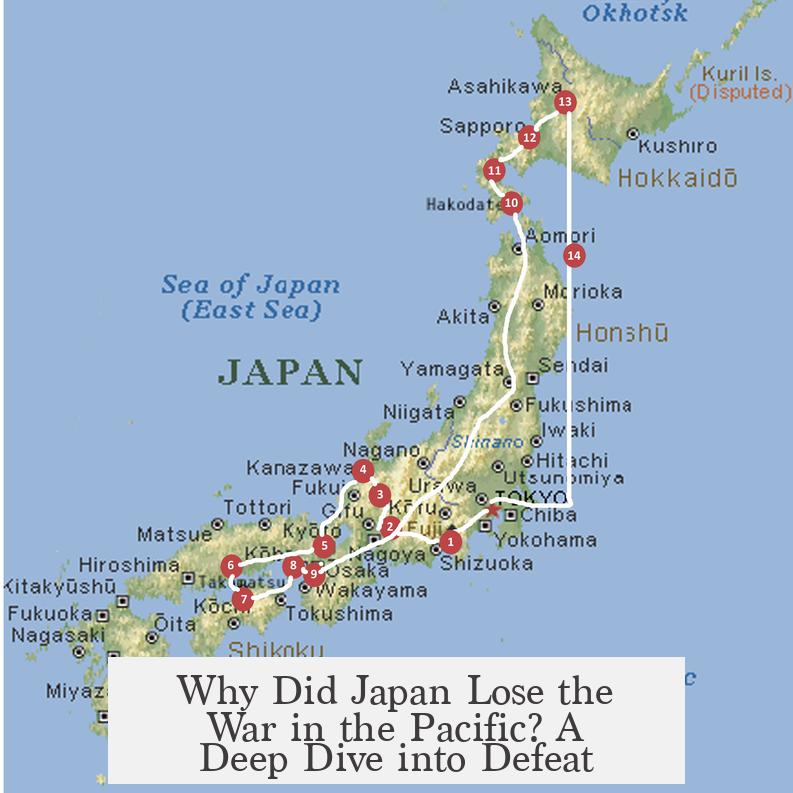
Japan lost the war in the Pacific mainly because it faced crushing economic shortfalls, flawed military strategy, tactical disadvantages, and internal rivalry, all while battling the colossal industrial and logistical might of the United States. This wasn’t a simple case of a few lost battles. It was a complex failure spanning economics, strategy, and human factors.
Let’s unpack why Japan, which started so powerfully, ended up on the losing side — despite some early victories and bold naval tactics.
Economic and Industrial Disadvantages: The David vs. Goliath of Production
Japan’s resource shortage wasn’t just bad—it was staggering. Picture trying to fight a forest fire with a squirt gun. Yet, Japan’s early successes make their initial achievements somewhat remarkable.
But the harsh truth stands out when you stare at the numbers. The United States outproduced Japan in every relevant category. The US boasted:
- Twice the population
- Roughly five times the GDP
- Five times more steel production
- Seven times more coal output
- Eighty times more automobile production
That’s like David trying to take on Goliath with slingshots while Goliath had tanks, planes, and robots.
In naval terms, the United States built a whopping 141 aircraft carriers including 24 Essex-class giants, compared to Japan’s modest 17. Japan’s mighty Yamato-class battleships, symbols of their naval pride, never got past just two completed vessels, whereas the U.S. launched 10 battleships. Merchant shipping—vital for moving troops and supplies—was dominated by the U.S., which produced nearly 34 million tons of merchant ships from 1939-1945 versus just over 4 million tons by Japan.
The critical takeaway? US industrial capacity dwarfed Japan’s, making sustained war a losing bet for Japan.
Strategic and Doctrinal Failures: Stuck in a Naval Time Warp
Remember that phrase “One big naval battle will decide the war”? Japan sure did. Inspired heavily by the historic naval theories of Mahan and Nelson, the Japanese Navy obsessed over crushing their opponents in a single decisive clash.
But here’s the kicker: The U.S. navy refused to play this game early on. That single huge battle never materialized when Japan needed it most. Instead, the U.S. adopted a war of attrition, whittling down Japanese forces over time — an approach Japan hadn’t prepared for.
That long battle of endurance exposed Japan’s logistical nightmare. They didn’t put enough thought into maintaining supply chains across their vast territory. By late 1942, the Japanese merchant marine was crippled, and many garrisons starved by 1944 as logistics faltered.
Japan’s territorial reach resembled a mansion made of toothpicks. They were spread too thin, from Korea to the Philippines, Burma, and the Dutch East Indies.
On top of that, they stuck with outdated doctrines and weapon designs. The Yamato battleships were impressively powerful but designed for a war that was already obsolete. Put simply, Japan planned a chess game but the US played a video game.
Military and Tactical Disadvantages: The Devil in the Details
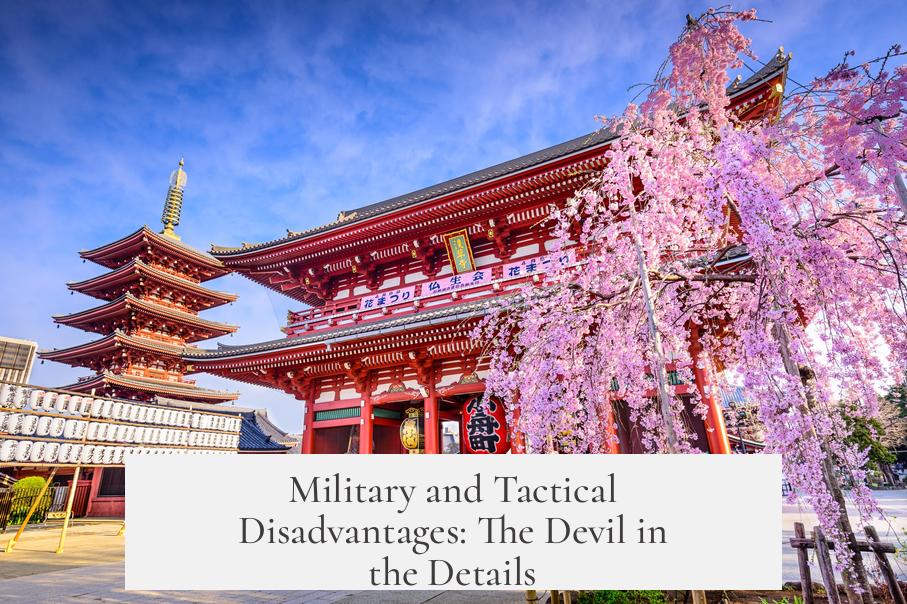
Naval Strength and Training
The U.S. wasn’t just pumping out ships—the Americans trained their pilots better and kept an endless supply coming, unlike Japan, which lost most of its ace pilots by late 1943. Replacement pilots were poorly trained, a huge handicap in aerial battles.
Japanese ships were vulnerable too. Poor damage control smashed their resilience in battle. While American ships shrugged off damage and kept fighting, Japanese vessels faced catastrophic failures. Anti-air defenses and fire control radars were weak, leaving them exposed to relentless air attacks.
Yes, Japan excelled at night fighting, but the U.S. cleverly avoided giving them chances to exploit this edge.
Another secret weapon? Intelligence. The U.S. cracked Japanese codes, learning their battle plans well in advance—this gave the Americans the upper hand at critical battles, especially Midway, where Japan’s plan backfired spectacularly.
Land Forces and Equipment Issues
Japan’s land forces weren’t immune to problems. In 1939, their defeat at Khalkhin Gol against Soviet forces exposed flaws: obsolete artillery, tanks outclassed by enemy models, and outdated tactics. Once America entered the war, these problems became glaring.
Small arms logistics also hurt the Japanese. They switched from a 6.5mm to a more powerful 7.7mm cartridge during the war but never fully reequipped troops. This forced soldiers to use mixed ammunition, complicating supply chains for frontline units.
Air Power Limitations
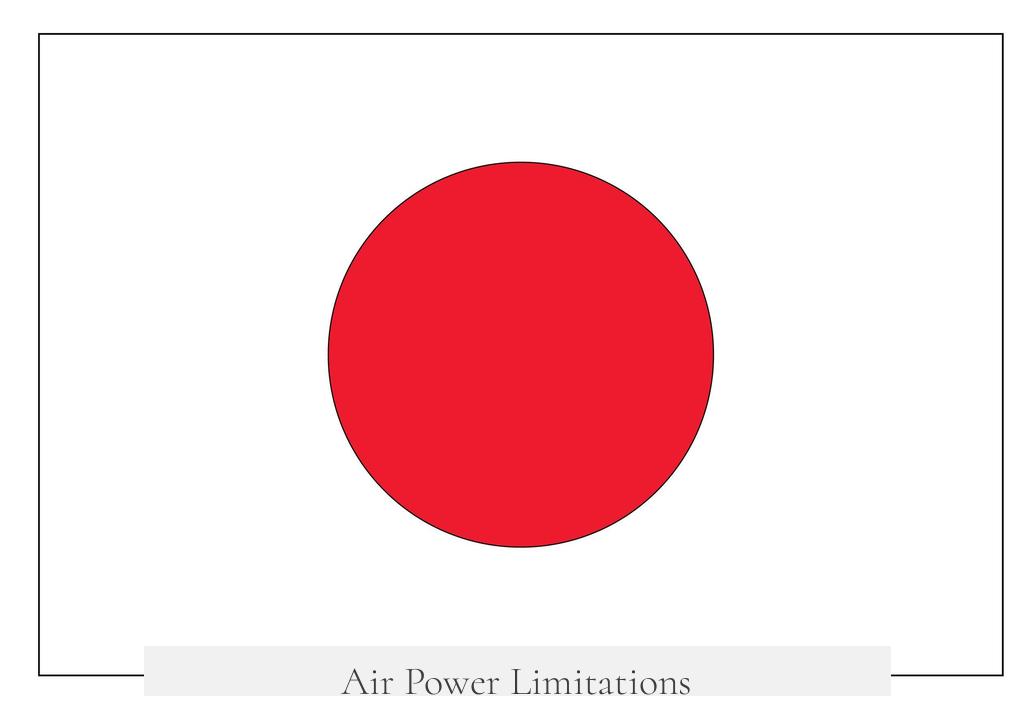
Japanese aircraft tactics were stuck in World War I college textbooks. They flew light bombers as if it was still the Great War and prized horizontal maneuverability over altitude, speed, or durability in fighters—which the Americans exploited.
Later in the war, Japan struggled with fuel quality and engine production. Their fighter planes faced quality and quantity issues. Meanwhile, the U.S. introduced planes capable of effective high-altitude and nighttime bombing. Japan simply couldn’t mount reliable air defenses, ceding the skies and mainland to sustained American bombing.
Inter-Service Rivalry and Disunity: When Friends Work Against Each Other
Picture two siblings fighting over the family inheritance instead of working together for their parents’ wellbeing. That’s what happened between the Imperial Japanese Army (IJA) and Navy (IJN). They fiercely competed for budget, influence, and authority.
This rivalry was so extreme that the two branches operated almost independently, often duplicating resources. The Army ran its own aircraft and even aircraft carriers—resources ideally unified under a coordinated command.
Foreign policy itself suffered. Decisions, such as invading French Indochina, were influenced by interservice battles instead of a clear strategic vision.
Initial Success Followed by an Unsustainable Position
Japan started strong. The attack on Pearl Harbor and early campaigns knocked the U.S. off balance. For a short time, Japan enjoyed naval superiority and feared few rivals.
However, the leaders underestimated two crucial elements: American industrial ability and resolve. Admiral Yamamoto was one of the few who warned that long-term war with the U.S. was a bad idea. Unfortunately, his advice wasn’t heeded.
Geographical and Strategic Disadvantages: Islands of Doom

Geography wasn’t kind to Japan as the war dragged on. The U.S. commandeered islands closer to Japan, enabling bombing runs directly on the Japanese mainland.
Japan’s sprawling empire became a liability: too large, too spread out, and nearly impossible to defend or supply efficiently once American forces began island-hopping campaigns.
Impact of External Factors: The Russian Surprise
The Soviet Union also played a hidden role. Before America dropped its atomic bombs, the Soviets agreed to join the war against Japan under certain conditions. Their sudden invasion of Japanese-held Manchuria in August 1945 sealed Japan’s fate and helped push the Empire to surrender.
In summary, Japan’s defeat in the Pacific War boiled down to overwhelming economic disparity faced with strategic, tactical, and organizational failures. Japan fought bravely and innovated tactically—especially in naval battles and night fighting—but these efforts couldn’t overcome their limited resources and fractured military leadership.
America’s superior industrial base, better pilot training, intelligence breakthroughs, and adaptive strategy—combined with Japan’s overstretched empire and stubborn adherence to outdated doctrines—sealed the outcome.
So next time someone asks, “Why did Japan lose the war in the Pacific?” you can tell them it wasn’t just one battle or one mistake. It was a deep, systemic challenge. The Empire of the Rising Sun burned brightly but ran out of fuel.
Want to Really Understand the War?
Try reading first-hand accounts from pilots and sailors, or compare the industrial output charts side by side—it’s like watching two different wars unfold on paper. Have you ever wondered how small details, like ammunition caliber confusion, might decide the fate of entire armies? That’s history for you—full of surprises and tough lessons!
Why was Japan’s industrial capacity a critical factor in its defeat in the Pacific?
Japan faced severe shortages of resources and could not match the US’s industrial output. The US produced far more ships, planes, and weapons, enabling sustained war efforts that Japan could not keep up with.
How did Japanese naval doctrine contribute to their defeat?
Japan focused on seeking a single decisive battle based on outdated tactics. They ignored the importance of logistics and attrition warfare, leaving their forces overstretched and vulnerable to sustained American attacks.
What role did pilot training and air power play in Japan’s loss?
The US maintained a continuous supply of well-trained pilots. Japan lost many experienced pilots early and had poorly trained replacements. Their aircraft designs and tactics were outdated and struggled to counter newer American planes and bombing campaigns.
In what ways did inter-service rivalry weaken Japan’s war efforts?
The Imperial Japanese Army and Navy often failed to coordinate strategies and resources. This infighting reduced overall efficiency and weakened Japan’s ability to respond to fast-changing battle conditions.
How did US intelligence advantage impact Japan’s naval battles?
The US broke Japanese codes and anticipated their plans, notably at Midway. This allowed the US Navy to set ambushes that turned the tide of key battles, undermining Japan’s naval strategy.
